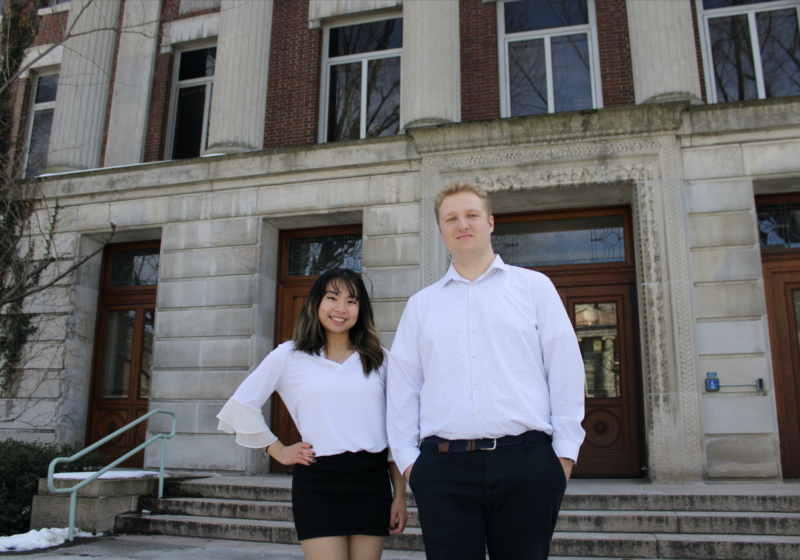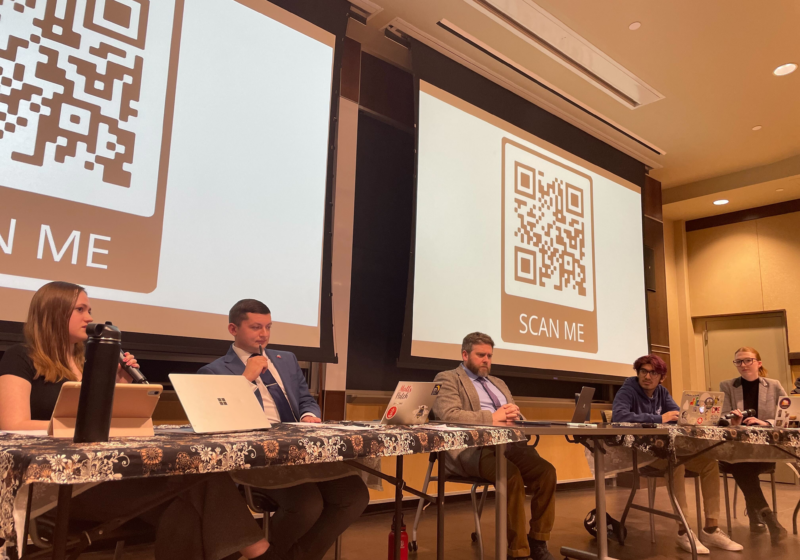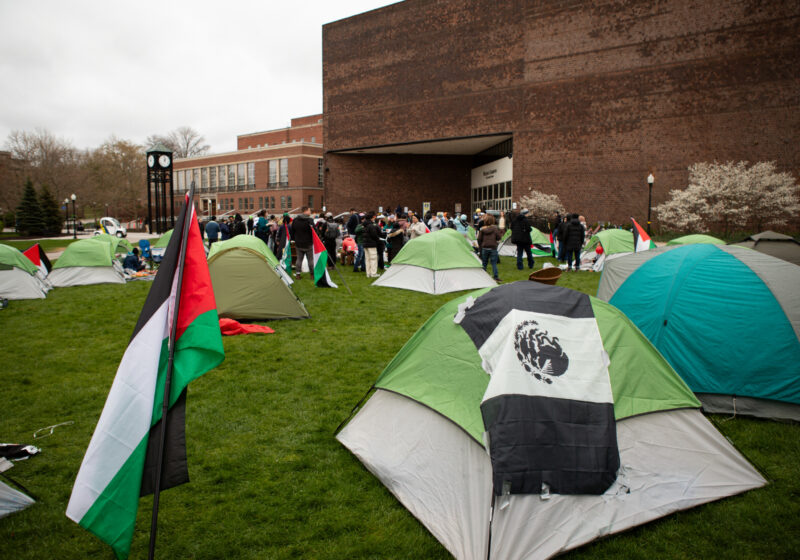In the light of all the events that have occurred regarding the Jaeger sexual harassment case, and the response of the student community through protest, you might wonder the extent to which our student body has to scream in order to be heard.
Someone who demonstrates the lengths to which an individual on campus will take risks to present their demands to the administration is Lindsay Wrobel. For nearly six days, she went on hunger strike to express her frustration and to establish a sense of urgency to the administration.
Throughout history this form of nonviolent protest has made powerful statements to governments and other institutions that require reform to serve the people. Gandhi (twenty-one days), Mia Farrow (twelve days), and a student protester at Tiananmen Square (one week) are some well-known examples.
There are different categories of protests: They can be defined by either a collective, or an individual, effort. They can have absolutely no structure, or they can be planned in detail. What’s controversial is what exactly distinguishes violent and nonviolent protest. Violent protests use harmful and destructive forces to target groups or individuals who either oppose the ideals of the protesters, or are indifferent. Nonviolent protests use methods such as civil disobedience or public demonstration to display their opposition. The website for the civil disobedience film “A Force More Powerful” lists 198 methods of nonviolent protest described in Gene Sharp’s The Politics of Nonviolent Action. An interesting subcategory is called “psychological intervention,” which includes hunger strike, self-exposure to the elements, and moral harassment. Different movements in the pasts have shown that these methods get the message across to the governments or institutions in question, but they of course are self-harming. These examples of nonviolent protest harm an individual psychologically (and physically). Violent protests also hurt individuals, but this harm is directly caused by others.
There does seem to be one commonality: Someone (or something) should be sacrificed or compromised to initiate change. In violent protests, it is the innocent people who are hurt or killed by the perpetrators who were protesting their ideals, while in nonviolent protests such as a hunger strike, it is the individual’s health and mental well-being. In no way are violent protests justified or right, but the current system of free speech leading to reform requires that something drastic has to occur. Of course, one perspective may explain that this compromise is a representation of a community’s devotion and great concern for a cause, but I wonder why this “sacrifice” must occur to start reform. Why is it that Wrobel and other individuals devoted to a cause, both in the past and future, must voluntarily put their lives on hold to allow for the lives of others to continue comfortably and without fear? Is there an optimal form of protest? I pose these questions to everyone, because our protests and protestors are worth protecting.





